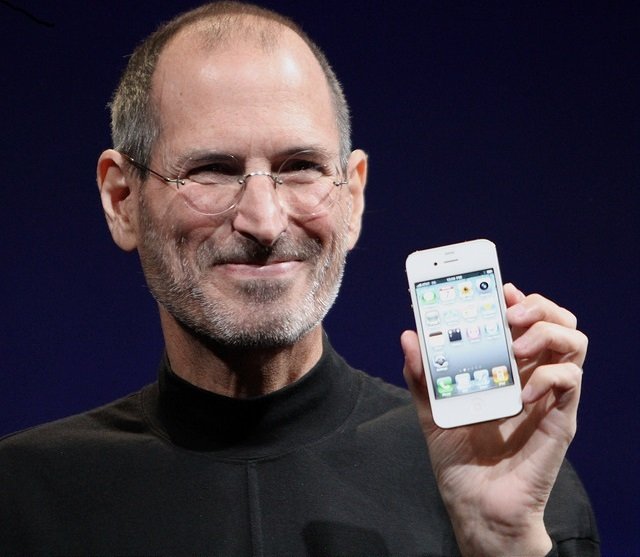
The former Apple CEO Steve Jobs was one of the most charismatic speakers of the past decades.
However, why his way of speaking is so charming is unknown.
Recently, researchers use state-of-the-art computer techniques to analyze Steve Jobs’ speech and try to find the elements of a charismatic speaker.
The finding was published in Computers in Human Behavior.
Researchers choose Steve Jobs for several reasons. First, among the popular charismatic speakers, Steve Jobs is probably the most outstanding and famous representative.
Second, there are countless newspaper and blog articles trying to explain his “presentation secrets” and give suggestions on how to use his way of speaking.
Third, there is a sufficient number of business speeches by Steve Jobs with high quality. This provides a great opportunity for computer-based analysis.
Researchers analyzed the two probably most outstanding and famous product presentations. One was the introduction of the iPhone 4 in 2010, and the other was the iPad 2 in 2011.
Within 4 years, iPhone 4 was the model with the longest lifespan of all iPhone models. It was a big success for Apple’s business. The iPad 2 was also a big success in terms of innovation.
In addition, 70% of iPad 2 users were first-time iPad buyers.
For each speech, researchers analyzed the Introduction, Main part 1 (Apple’s development and market position and success), Main part 2 (detailed information about product features), Main part 3 (demonstration of new apps), and Summary as well as acknowledgments.
The result showed that Steve Jobs’ speech had unique features compared with other speakers.
First, Steve Jobs’ speech has an exceptionally high pitch that actually falls within the lower end of female speakers. His pitch level is highly variable. This means that Steve Jobs’ speech has extensive up-ward and down-ward melodic movements.
Second, Steve Jobs’ speech has a large loudness range. That is, his vocal effort is extensively waning and waxing both within and across parts of speech.
Third, Steve Jobs’ speech parts are much shorter than typical public speech. In addition, his speech rate is faster. Although he paused a lot, his speech is perceived as quite fluent.
Fourth, Steve Jobs used many emphatic words, such as “this is RRRRRRRRREAL-ly good!”, “that’s a-MAAAAAAAAZ-ing!”, “VERY VERY bad!”, and “REARLY REARLY good!”. On average, he used 5.4 emphatic words per minute.
This helps make his speech more touching and persuasive.
Finally, Steve Jobs’ speech rhythm differs from most other speakers. His rhyme has a very large range (i.e. the vowel duration can be very short or long).
Based on the analysis, researchers suggest that charisma can be trained, at least in the melodic features. Variety and variation are key concepts to charisma. A charismatic speaker should avoid monotonously.
Instead, they should enhance the pitch and loudness range, and speak at a high pitch level.
In addition, speakers should break up messages into small chunks of only a few words, and speak these chunks fast and with short silent pauses in between. They should also stress important information using various emphatic words.
Citation: Niebuhr O, et al. (2016). What makes a charismatic speaker? A computer-based acoustic-prosodic analysis of Steve Jobs tone of voice. Computers in Human Behavior, 64: 366-382. DOI:http://dx.doi.org/10.1016/j.chb.2016.06.059.



